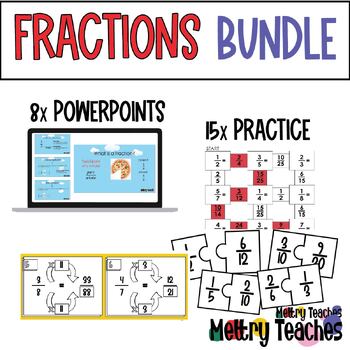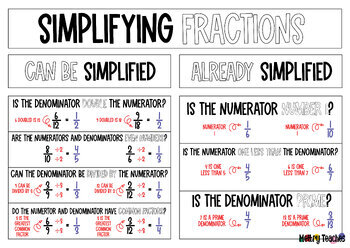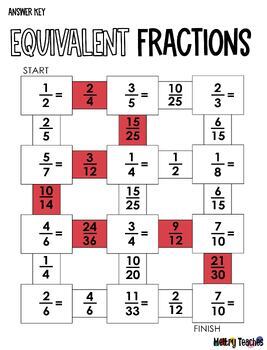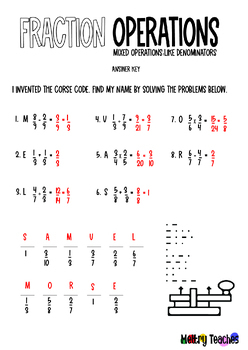Fractions BUNDLE | PowerPoints, Practice, Games, Anchor Charts
Mettry Teaches
157 Followers
Grade Levels
4th - 5th
Subjects
Resource Type
Standards
CCSS4.NF.A.1
CCSS4.NF.A.2
CCSS4.NF.B.3a
CCSS4.NF.C.6
Formats Included
- Zip
Mettry Teaches
157 Followers
Products in this Bundle (23)
showing 1-5 of 23 products
Description
A 22-PRODUCT FRACTION BUNDLE!
What's Covered?
- PowerPoints: Equivalent fractions + Simplifying Fractions + Relate fractions and decimals + Add & Subtract fractions + Compare & Order fractions + Multiply Fractions by Whole Numbers + Rename Fractions & Mixed Numbers
- 6 equivalent fraction games/practice.
- 2 compare & order fractions practice.
- 2 rename fractions practice.
- Simplifying fractions anchor chart.
- Fractions dice game (add & subtract, compare & order), equivalent fractions.
- Fractions operations (add, subtract, multiply, divide) anchor chart + practice sheet [find out the inventor's name].
- Review guide notes.
Don't forget to share with me how it went with your little ones. I hope it was useful in your classroom.
If you like this product, follow my store -Mettry Teaches- for more.
Total Pages
Answer Key
N/A
Teaching Duration
N/A
Report this resource to TPT
Reported resources will be reviewed by our team. Report this resource to let us know if this resource violates TPT’s content guidelines.
Standards
to see state-specific standards (only available in the US).
CCSS4.NF.A.1
Explain why a fraction 𝘢/𝘣 is equivalent to a fraction (𝘯 × 𝘢)/(𝘯 × 𝘣) by using visual fraction models, with attention to how the number and size of the parts differ even though the two fractions themselves are the same size. Use this principle to recognize and generate equivalent fractions.
CCSS4.NF.A.2
Compare two fractions with different numerators and different denominators, e.g., by creating common denominators or numerators, or by comparing to a benchmark fraction such as 1/2. Recognize that comparisons are valid only when the two fractions refer to the same whole. Record the results of comparisons with symbols >, =, or <, and justify the conclusions, e.g., by using a visual fraction model.
CCSS4.NF.B.3a
Understand addition and subtraction of fractions as joining and separating parts referring to the same whole.
CCSS4.NF.C.6
Use decimal notation for fractions with denominators 10 or 100. For example, rewrite 0.62 as 62/100; describe a length as 0.62 meters; locate 0.62 on a number line diagram.





